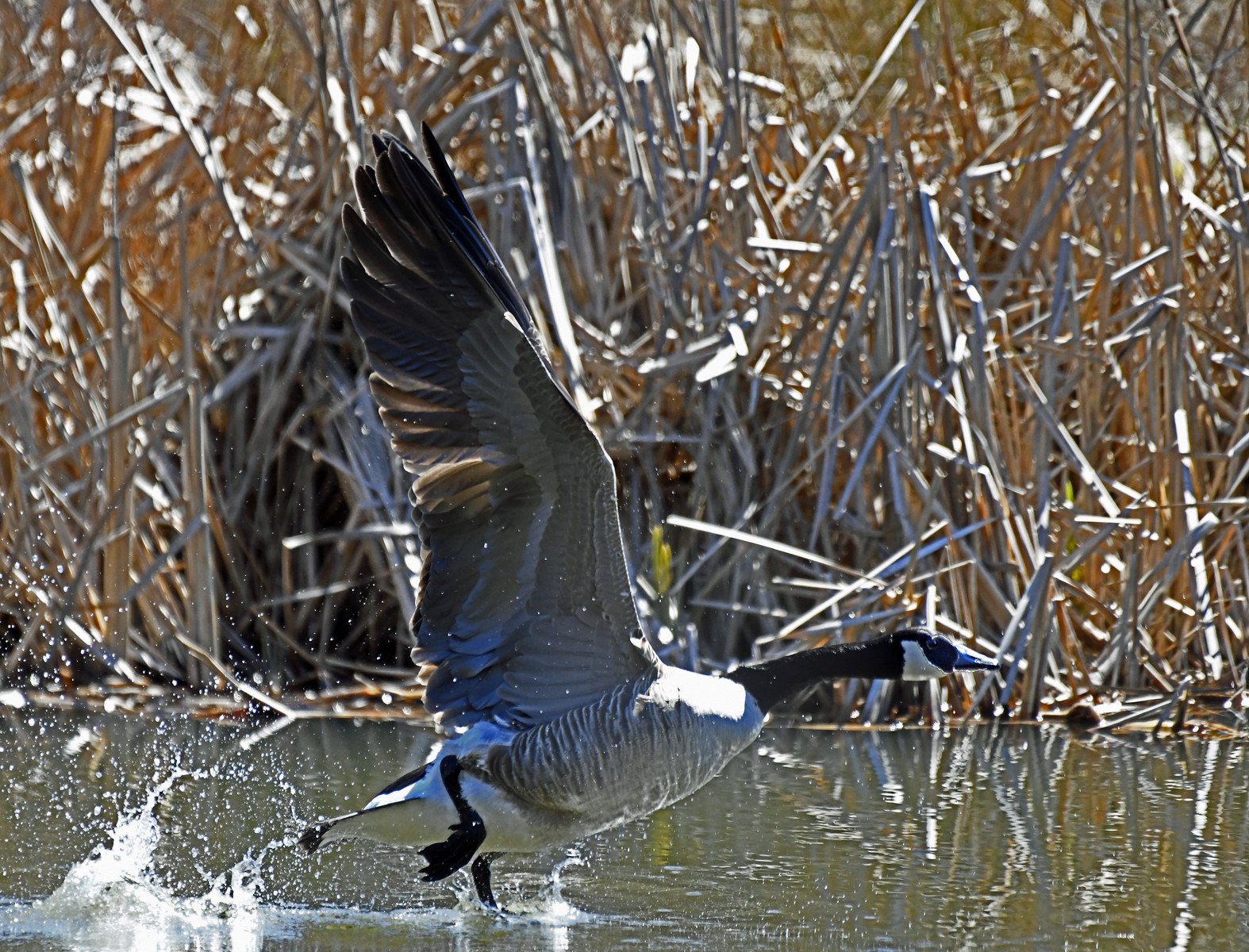It’s time to publish the May view of the iconic Conary Cove boathouse for the record. Here you see this landmark in the mysterious light of a May morning that can’t decide what kind of a day she wants to be.
The boathouse was damaged slightly during one of this year’s vicious winter storms and has been repaired, but not repainted yet, as you can see.
The scene simply cannot be ignored by any passerby who is not eye-dead. To many of us, it’s one of those familiar, but paradoxically ever-changing, sights that just makes you feel a little better while on your way to someplace else. (Image taken in Blue Hill, Maine, on May 16, 2024.)




































































































